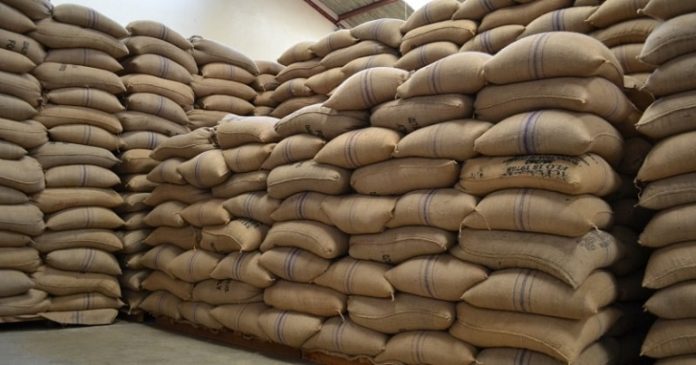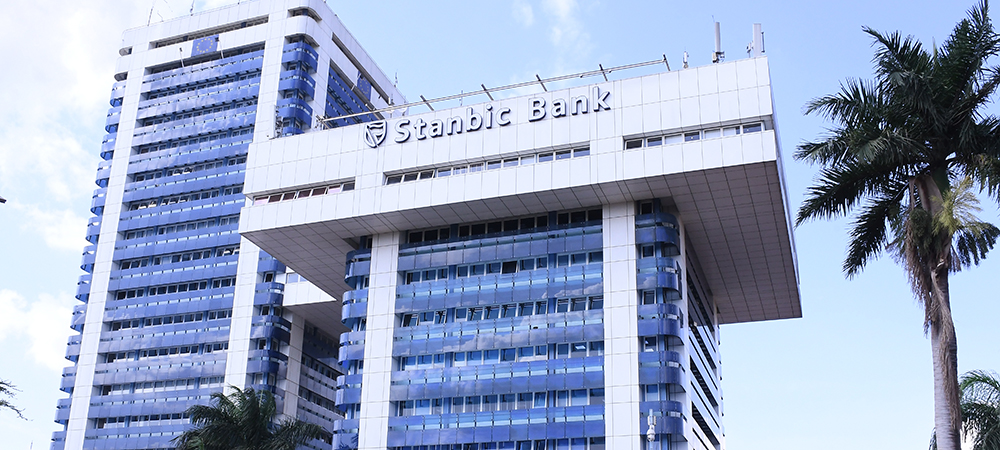Uganda’s economy demonstrated strong performance in May 2025, with significant growth in GDP, exports, and private sector activity, according to the State of the economy report for May.
The report, compiled by the ministry of Finance and Economic Development, highlights a 6.3% real GDP growth for the fiscal year 2024/25, alongside improvements in trade balances and financial sector developments, despite challenges in inflation and fiscal deficits.
The report states: “Preliminary estimates from the Uganda Bureau of Statistics (UBOS) indicate that the size of the economy increased to Shs. 226 trillion in FY2024/25, from Shs. 203 trillion registered in FY 2023/24.
In real terms, the economy grew by 6.3%, up from a growth of 6.1% in FY 2023/24.”
This growth was driven by increased aggregate demand, investments, exports, and government initiatives to bolster private sector development. The agriculture, forestry, and fishing sector led with a 6.6% growth, contributing 26.2% to GDP.
The report notes inflation rose slightly, with annual headline inflation increasing to 3.8% in May 2025 from 3.5% in April, primarily due to a rise in core inflation to 4.2%.
“Annual headline inflation increased to 3.8% in May 2025 from 3.5% the previous month, largely on account of an increase in annual core inflation which rose to 4.2% in May from 3.9% the month before,” the report notes
Food crop prices, particularly for beef and maize flour, contributed to this uptick, with increases of 16.3% and 7.4%, respectively. However, energy, fuel, and utilities saw deflation of 0.9%, driven by falling prices for liquified gas and paraffin.
Economic activity remained robust, as indicated by the Composite Index of Economic Activity (CIEA), which rose to 174.35 in April 2025.
The Purchasing Managers’ Index (PMI) also climbed to 56.4, signaling sustained growth in output and new orders across agriculture, industry, construction, and services.
The report highlights, “The PMI increased to 56.4 in May 2025 from 56.3 in the previous month owing to an increase in output and new orders as consumer demand continued to strengthen.”
In the financial sector, lending rates decreased, with shilling-denominated credit dropping from 17.74% in March to 16.64% in April 2025, largely due to increased lending to low-risk corporate borrowers.
“This decline was partly driven by increased lending to prime corporate borrowers (particularly in the telecommunications sector), who secured lower rates due to their lower risk profiles,” the report notes.
Outstanding private sector credit grew by 0.8% to Shs. 26 trillion, fueled by lending to agriculture, manufacturing, and transport sectors.
The report shows that external sector saw a significant reduction in the trade deficit, which narrowed by 58.3% year-on-year to $ 126.85 million in April 2025. Export, according to the report, earnings surged by 72.1% to $1.1 bn, driven by coffee, gold, and cocoa beans.
“The Middle East, particularly the United Arab Emirates, remained the largest export destination, accounting for 35.7% of exports according to the report.
Fiscal operations faced challenges, with a deficit of Shs. 3.1 trillion in May 2025, higher than the projected Shs. 2.3 trillion, due to increased expenditure and lower-than-expected revenues.
Government securities raised Shs. 4.4 trillion , with Shs. 2 trillion financing budget items.
Within the East African Community (EAC), Uganda’s trade deficit improved to $ 127.05 million in April 2025, down from $ 152.97 million in March.
The report notes: “The fall in the deficit was driven by an increase in exports to the region, which more than offset the increase of imports from the EAC.”
Uganda recorded trade surpluses with the Democratic Republic of Congo, South Sudan, Rwanda, and Burundi, but deficits persisted with Tanzania and Kenya.






